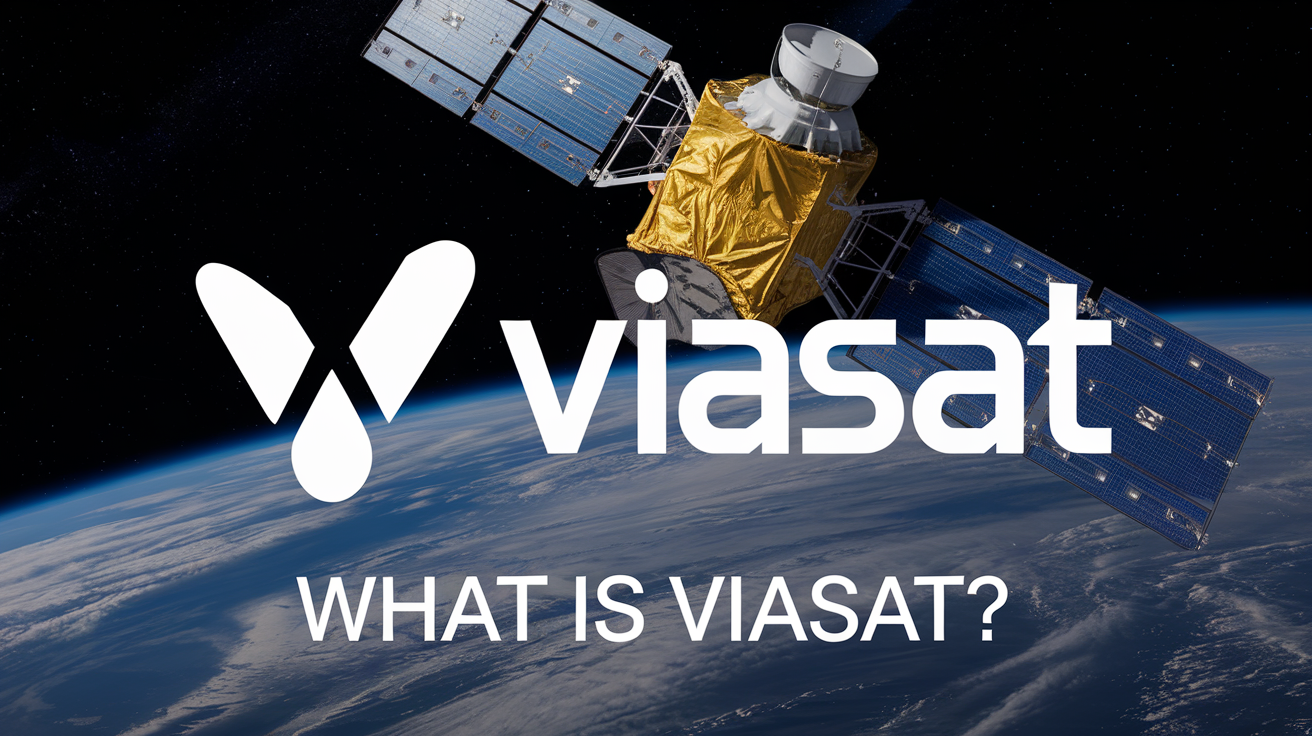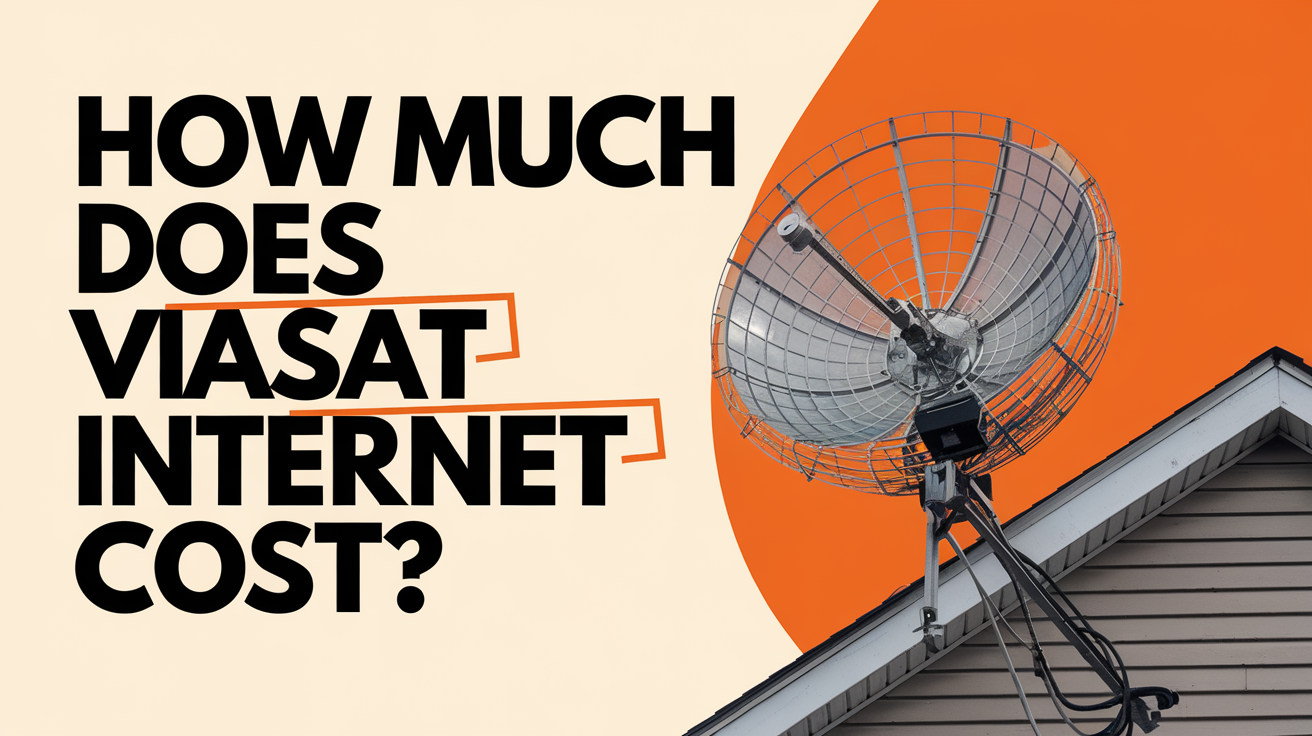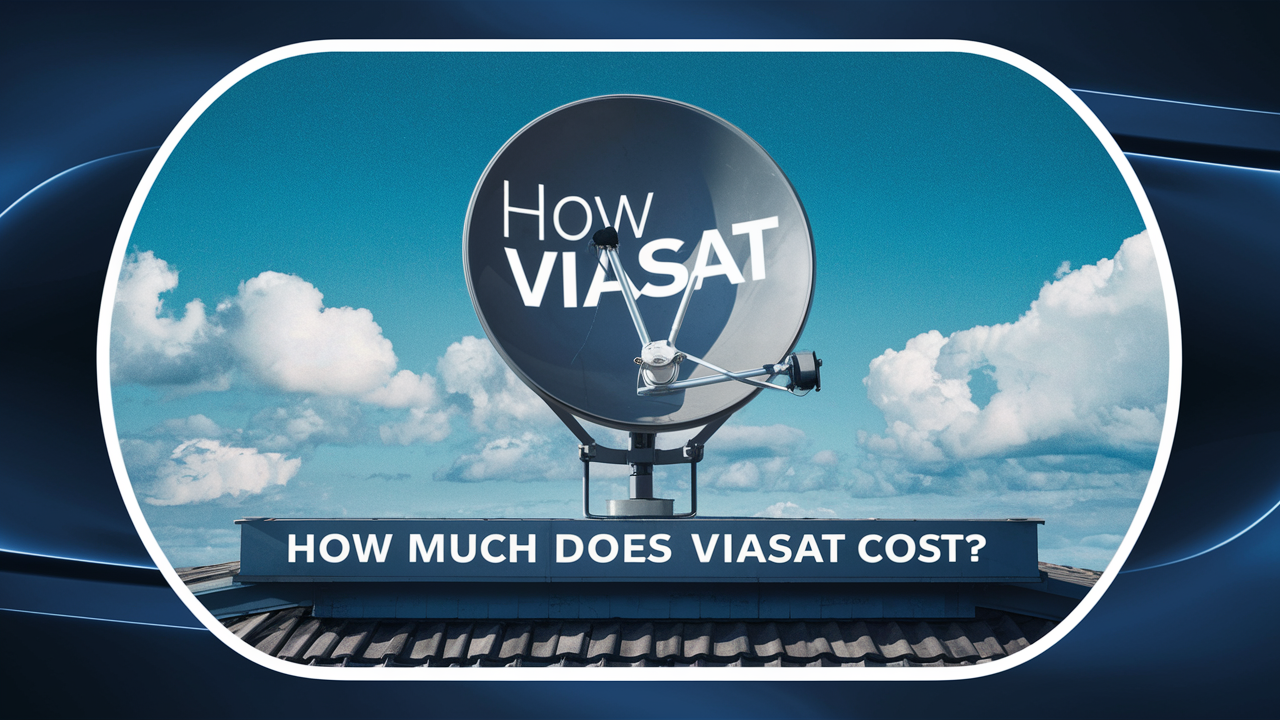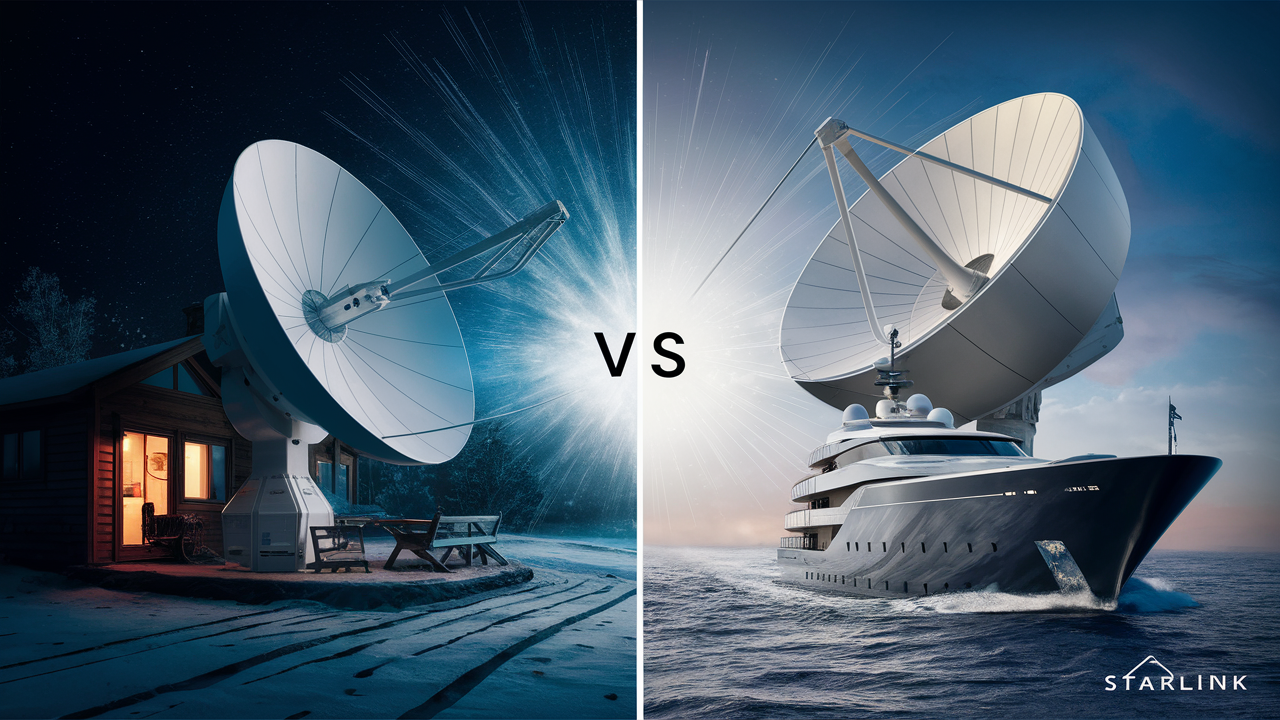
Choosing the right internet provider can make or break your online experience. For customers living in rural or remote areas, traditional options like DSL or fiber are often unavailable, and this is where satellite internet providers like Viasat step in.
Viasat promises to keep you connected no matter where you are by beaming the internet straight from satellites to your home. But is it the right choice for you? This weighs the pros and cons of Viasat Satellite Internet, helping you make an informed decision.
What is Viasat Satellite Internet?
Satellite internet, such as Viasat, works by transmitting data to satellites orbiting Earth. These satellites send that data back to your satellite dish, which then communicates with a modem inside your home to provide internet connectivity.
Viasat has gained popularity for offering coverage in hard-to-reach places where cable, fiber, or DSL internet services simply don’t exist, but its advantages (and limitations) will depend on your specific needs.
Below, we’ll break down the strengths and weaknesses of Viasat’s satellite internet services, touching on coverage, speed, pricing, reliability, and beyond.
The Pros of Viasat Satellite Internet
1. Widespread Coverage
One of Viasat’s biggest perks is its availability across the U.S. Satellite internet services don’t rely on cables or infrastructure on the ground, which often limits traditional internet providers. With Viasat, all you need is a clear line of sight to the southern sky.
Perfect for:
- Rural areas
- Remote locations
- Off-the-grid places
Whether you live on a mountaintop or in the middle of a desert, as long as you have the right equipment, Viasat can deliver internet to your home.
2. Reliable Internet Access
While Viasat may not provide the lightning-fast speeds of fiber internet, it ensures a steady and reliable connection for crucial activities like checking emails, browsing online, or working remotely. Its services are dependable even in areas historically underserved by internet providers.
This can be a game-changer for households that previously had no internet access or relied on inconsistent mobile data plans.
3. Flexible Data Plans
Viasat offers a variety of data packages to accommodate different user needs. Its plans typically range from basic options ideal for casual browsing to more robust packages for heavier internet users. Families and individuals can tailor their plans to match their budget and usage requirements.
Notable data plans you might explore:
- Basic Plan: Affordable, made for light surfing.
- Unlimited Data Plans: Allows for streaming, educational use, and video conferencing.
4. Fast Setup Process
You don’t need weeks of waiting or complicated installation processes. With Viasat, getting started is relatively straightforward—an installer will set up your dish and connect your equipment quickly.
Pro tip: Make sure your satellite dish is installed in an unobstructed location to maximize signal strength.
5. A Solution for Internet "Dead Zones"
If you’re in a part of the country where wired internet isn’t even an option, Viasat could be a game-changer. It's designed to provide connections in "dead zones," allowing you to enjoy online services you wouldn’t typically have access to.
The Cons of Viasat Satellite Internet
Of course, no service is without its downsides, and it’s important to weigh these when considering Viasat.
1. Limited Speeds Compared to Cable
While Viasat provides decent download speeds ranging from 12 Mbps to 150 Mbps, depending on your plan, it still falls short compared to cable or fiber providers that offer speeds of 500 Mbps or more.
High-speed activities like online gaming or streaming 4K videos could prove challenging during peak hours.
2. Latency Issues
Latency refers to the delay between sending and receiving data. Due to the distance satellite signals travel (from Earth to space and back), Viasat's internet tends to have higher latency compared to fiber-optic or cable solutions. This can negatively impact activities that require instant data transfer, such as:
- Online gaming
- Video conferencing
- Real-time stock trading
3. Data Caps and Throttling
Although Viasat offers “unlimited data” plans, these often come with terms. After using a certain amount of "priority data" in a billing cycle, your internet might slow down during peak usage hours to prioritize other customers. This can be frustrating for heavy users or streaming enthusiasts.
For example:
- Basic plans may include only 40 GB of priority data per month.
- Larger plans may offer 150 GB or moe but still involve data thresholds.
4. Weather-Related Interruptions
Bad weather can disrupt Viasat’s signal, causing slower speeds or temporary outages. Heavy rain, snow, or even thick cloud cover may interfere with your ability to connect to the satellite.
If you’re in an area prone to extreme weather, this is an important factor to consider.
5. Higher Costs
Compared to traditional broadband services, Viasat’s plans tend to be more expensive—especially for the amount of data provided. For instance:
- Introductory plans might start around $60/month.
- Premium plans can hike up to $150 or more per month, depending on your location.
When you include the cost of installation and renting the satellite dish, the overall expense makes it less budget-friendly than other internet options.
Is Viasat Satellite Internet Right for You?
Consider using Viasat if:
- You live in a rural area or remote region without reliable broadband options.
- Your internet needs consist of casual browsing, emailing, or light streaming.
- You want flexible packages that fit your specific usage levels.
Reconsider if:
- You require very high-speed internet for online gaming or streaming in HD.
- You live in an area with fiber-optic or cable internet alternatives available.
- You’re a heavy user who regularly consumes large amounts of data.
How to Make the Best Choice for Your Internet Needs
When selecting an internet provider, it's crucial to evaluate your daily internet usage and priorities. Ask yourself:
- How much data do I use each month?
- What speeds do I need for my work, school, or personal activities?
- Are other types of internet available in my area?
When Viasat works, it works well. It fills an important gap in underserved areas and provides essential connectivity to rural and remote regions. However, it’s always worth comparing it to other options if they’re available in your location.
Final Thoughts on Viasat Satellite Internet
Viasat opens doors to internet connectivity in places where options are scarce. While it may not deliver the same speed or affordability as traditional broadband solutions, it's a solid choice for those who value availability and reliability over all else.
Still unsure? Explore Viasat’s plans to see if it aligns with your household’s needs. And if you have alternatives in your region, compare Viasat side-by-side with DSL, cable, or fiber providers to ensure you’re making the smartest decision for your online future.
Contact (844) 778-1116 to Activate Your Viasat Internet Connection!





